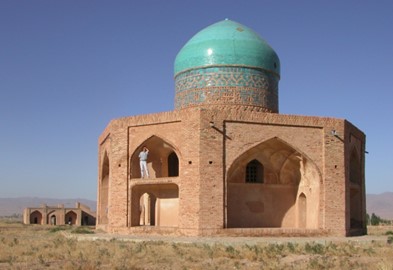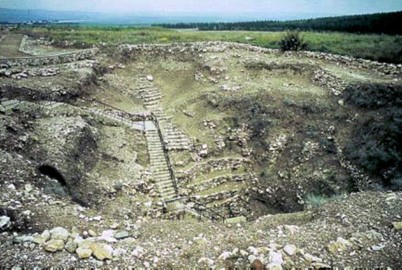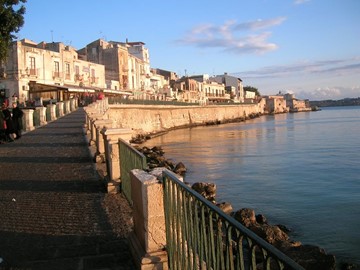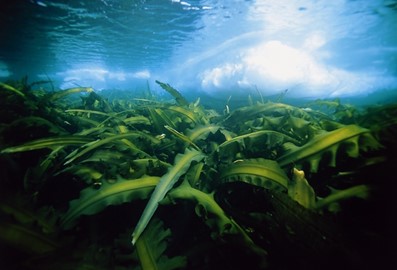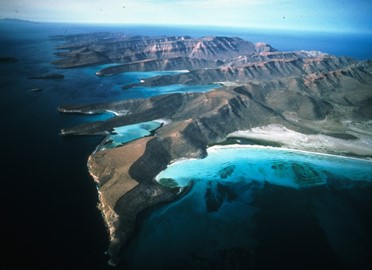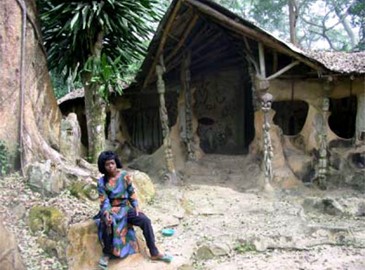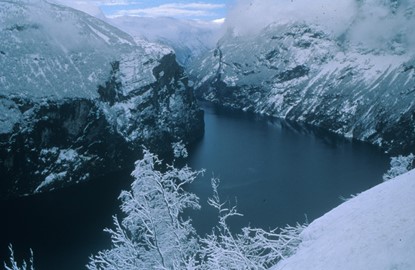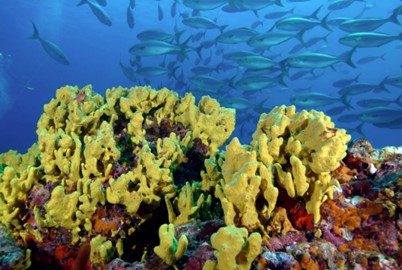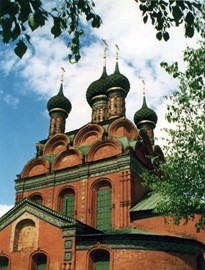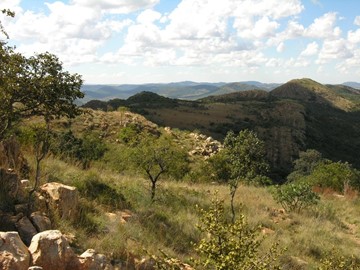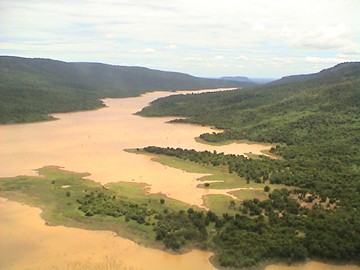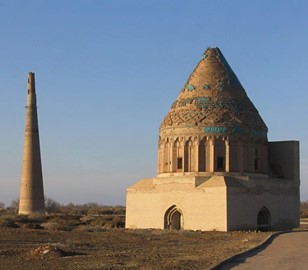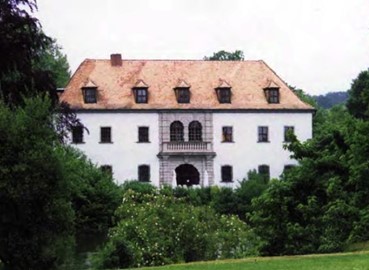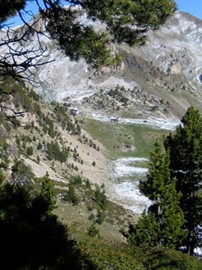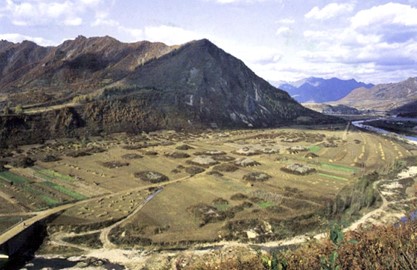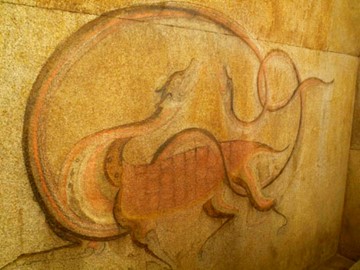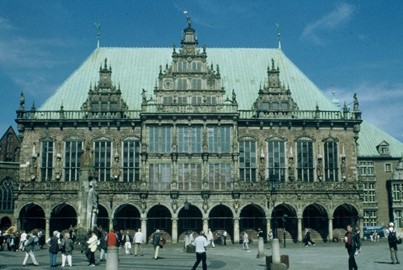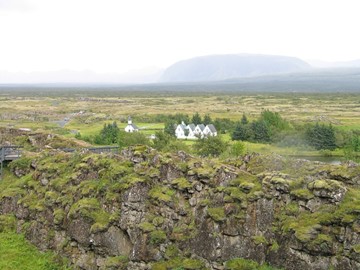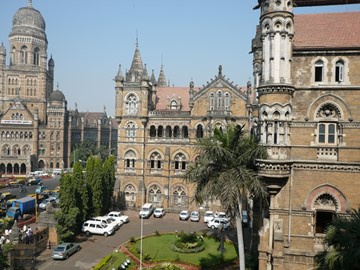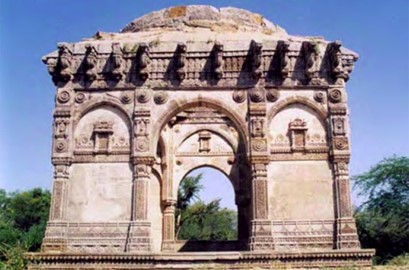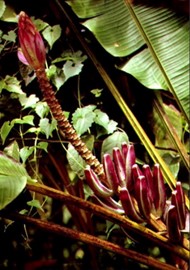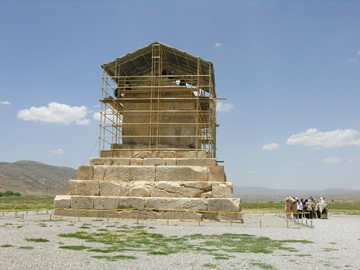search
Soltaniyeh
Soltaniyeh, a UNESCO World Heritage site in Iran, is renowned for its stunning 14th-century mausoleum, the Dome of Soltaniyeh, which exemplifies Persian architecture with its intricate tile work and imposing brick structure. Built during the Ilkhanid period, it serves as the tomb of Mongol ruler Oljaytu and is one of the largest domed structures in the world. The site reflects a rich blend of Islamic and Mongol influences, showcasing historical engineering prowess and cultural significance. Its preservation... Read More
Incense Route in the Negev
The Incense Route in the Negev, a UNESCO World Heritage Site in Israel, showcases the ancient Nabatean trade network that thrived from the 3rd century BCE to the 2nd century CE, linking Arabia to the Mediterranean with frankincense and myrrh. This historic route features four well-preserved desert towns—Avdat, Haluza, Mamshit, and Shivta—along with fortresses and innovative agricultural systems, reflecting the Nabateans' mastery of desert life. Recognized in 2005, it highlights the economic and cultural sig... Read More
Biblical Tels
The Biblical Tels, a UNESCO World Heritage site in Israel, encompass ancient settlement mounds known as tels, which reveal layers of human history dating back to biblical times. These sites, including Megiddo, Hazor, and Beersheba, feature impressive archaeological remains such as fortifications, water systems, and palaces, illustrating the evolution of Bronze and Iron Age civilizations. Recognized for their historical and cultural value, they offer insights into early urban planning and societal developmen... Read More
Syracuse
The Syracuse and the Necropolis of Pantalica, a UNESCO World Heritage site in Italy, represent a remarkable blend of ancient cultural and historical treasures. Syracuse boasts a rich Greek and Roman legacy, with its well-preserved archaeological sites, including a grand theater and intricate temples, reflecting its past as a powerful Mediterranean city. Nearby, the Pantalica Necropolis features thousands of rock-cut tombs from the Bronze Age, set within a striking limestone landscape, showcasing early human... Read More
Shiretoko
Shiretoko, a UNESCO World Heritage site in Japan, is a pristine natural region renowned for its rich biodiversity and dramatic coastal landscapes. This remote peninsula features rugged mountains, dense forests, and a unique ecosystem supporting rare species like the Blakiston’s fish owl and Steller’s sea eagle. Its seasonal sea ice fosters a productive marine environment, sustaining diverse wildlife and fisheries. Shiretoko exemplifies an untouched wilderness harmonizing terrestrial and aquatic habitats.
Gulf of California
The Gulf of California, a UNESCO World Heritage site in Mexico, is a stunning marine ecosystem renowned for its exceptional biodiversity. This unique body of water hosts an array of endemic species, vibrant coral reefs, and dramatic underwater landscapes, making it a critical habitat for marine life. Its striking natural beauty and ecological significance draw scientists and conservationists worldwide to study and protect its rich aquatic environment.
Osun Osogbo
The Osun-Osogbo Sacred Grove, a UNESCO World Heritage site in Nigeria, is a centuries-old cultural and spiritual sanctuary dedicated to the Yoruba goddess Osun. This dense forest along the Osun River features ancient shrines, sculptures, and artworks, reflecting the rich traditions and religious practices of the Yoruba people. Revered as a symbol of fertility and prosperity, the grove hosts an annual festival that attracts devotees and visitors globally. Its preservation highlights its significance as a liv... Read More
West Norwegian Fjords
The West Norwegian Fjords, a UNESCO World Heritage site, showcase stunning natural beauty with their steep, glacier-carved cliffs, deep blue waters, and cascading waterfalls. Formed over millions of years through glacial activity, these fjords exemplify Norway's dramatic landscape and geological history. They also support diverse ecosystems, including rare marine life and bird species, making them a significant natural treasure. This pristine environment attracts visitors worldwide for its scenic splendor a... Read More
Coiba
Coiba National Park, a UNESCO World Heritage site in Panama, is a biodiverse marine and terrestrial reserve encompassing Coiba Island and 38 smaller islets in the Pacific Ocean. Spanning over 430,000 hectares, it protects a range of ecosystems, including tropical rainforests, coral reefs, and mangroves, which support unique species like the Coiba howler monkey and rare marine life. Established as a national park in 1991 and recognized by UNESCO in 2005, it serves as a critical sanctuary for conservation and... Read More
Yaroslavl
The Historic Centre of Yaroslavl, a UNESCO World Heritage site in Russia, is a remarkably well-preserved example of a Russian town that developed from the 11th century into a thriving commercial and cultural hub. Its urban layout reflects a blend of radial planning and traditional Russian architecture, featuring notable landmarks like the Assumption Cathedral and the Church of Elijah the Prophet, adorned with stunning frescoes. Recognized for its historical significance and architectural harmony, it stands ... Read More
Vredefort Dome
The Vredefort Dome, a UNESCO World Heritage site in South Africa, is the world's largest and oldest known meteorite impact structure, formed over 2 billion years ago when a massive asteroid struck Earth. This geological wonder features a central dome of uplifted granite surrounded by concentric rings of hills, showcasing unique rock formations and evidence of the catastrophic event that shaped the region. Recognized for its scientific significance, it provides valuable insights into Earth's history and the ... Read More
Khao Yai Forest
Khao Yai Forest, a UNESCO World Heritage site in Thailand, is a biodiverse tropical rainforest renowned for its rich ecosystems and stunning landscapes. It hosts an array of wildlife, including elephants, gibbons, and rare bird species, alongside cascading waterfalls and scenic trails. Recognized for its ecological significance, the forest serves as a vital conservation area and a popular destination for nature enthusiasts.
Kunya Urgench
Kunya-Urgench, a UNESCO World Heritage site in Turkmenistan, is a historic city that flourished as a major trade and cultural center along the Silk Road from the 10th to 14th centuries. Once the capital of the Khwarazmian Empire, it features remarkable architectural remnants, including the 11th-century Kutlug Timur Minaret, one of the tallest in Central Asia, and the Turabek Khanum Mausoleum, renowned for its intricate tile work and dome. The site reflects a blend of Islamic architecture and regional influe... Read More
Muskauer Park
Muskauer Park, a UNESCO World Heritage site in Germany and Poland, recognized in 2004, is a 19th-century landscape garden straddling the Neisse River, designed by Prince Hermann von Pückler-Muskau from 1815 to 1844. Blending English-style parkland with castles, bridges, and woodlands, it reflects Romantic ideals of nature and human harmony. This transnational site showcases the region’s cultural heritage, preserving a pioneering example of landscape architecture across borders.
Madriu Perafita Claror Valley
Madriu-Perafita-Claror Valley, a UNESCO World Heritage site in Andorra, recognized in 2004, is a pristine Pyrenean valley preserving a medieval cultural landscape of pastoral life. Featuring stone huts, terraced fields, and trails amid rugged peaks and glacial lakes, it reflects centuries of sustainable agro-pastoral traditions. This isolated site showcases Andorra’s historical heritage, offering a rare glimpse into a pre-industrial alpine way of life untouched by modern development.
Royal Exhibition Building
The Royal Exhibition Building and Carlton Gardens, a UNESCO World Heritage site in Australia, is a grand architectural complex celebrated for its historical and cultural significance. Completed in 1880, the ornate Victorian-era building, with its soaring dome, hosted major international exhibitions, showcasing industrial progress. Surrounded by meticulously designed gardens featuring fountains and tree-lined paths, it reflects 19th-century urban planning ideals. This iconic site stands as a symbol of human ... Read More
Koguryo Kingdom
The Koguryo Kingdom, a UNESCO World Heritage site in China, preserves remnants of an ancient Northeast Asian civilization from the 1st century BCE to 7th century CE. Its fortified cities, elaborate tombs, and vibrant murals showcase advanced architecture and artistry, reflecting the kingdom’s power and cultural sophistication. This site offers a rare glimpse into a pivotal era of regional history and heritage.
Koguryo Tombs
The Complex of Koguryo Tombs, a UNESCO World Heritage site in Korea, is a collection of ancient burial sites from the Koguryo Kingdom, dating back to the 1st century BCE to 7th century CE. Adorned with vivid murals depicting daily life and mythology, these stone tombs showcase exceptional artistry and architectural skill. This site offers a rare window into an influential early East Asian civilization.
Ilulissat Icefjord
Ilulissat Icefjord, a UNESCO World Heritage site in Denmark, is a stunning natural wonder renowned for its massive icebergs and dramatic glacial landscape. Formed by the Sermeq Kujalleq glacier, one of the most active in the world, it produces enormous icebergs that drift into the fjord and beyond into Disko Bay. This site is a critical area for studying climate change and glacial dynamics, offering scientists and visitors a glimpse into the Earth's icy past and present. Its unique beauty and scientific sig... Read More
Town Hall and Roland, Bremen
The Town Hall and Roland, a UNESCO World Heritage site in Germany, is a historic ensemble showcasing Bremen’s medieval and Renaissance heritage. The Town Hall, built in the 15th century, features ornate gables and a grand facade, reflecting civic pride and architectural mastery. Nearby stands the Roland statue, a 1404 symbol of independence and justice, towering over the market square. Together, they represent Bremen’s role as a key Hanseatic trading city. This site offers a striking glimpse into Germany’s ... Read More
Thingvellir
Thingvellir, a UNESCO World Heritage site in Iceland, is a historic and geological marvel where the North American and Eurasian tectonic plates meet, creating a dramatic rift valley. It served as the location for Iceland’s ancient parliament, the Althing, established in 930 AD, making it one of the world’s oldest democratic assemblies. Visitors can explore its unique landscape, including fissures, waterfalls, and clear springs, while soaking in its cultural significance tied to Iceland’s heritage and identi... Read More
Chhatrapati Shivaji Terminus
Chhatrapati Shivaji Terminus, a UNESCO World Heritage site in India, is an iconic railway station renowned for its Victorian Gothic architecture blended with Indian influences. Designed by Frederick William Stevens and completed in 1888, it serves as a major transportation hub and a symbol of the country's colonial past. The structure features intricate stone carvings, pointed arches, and a grand central dome, making it a masterpiece of historical and architectural significance. Today, it stands as a testam... Read More
Champaner Pavagadh
Champaner-Pavagadh, a UNESCO World Heritage site in India, is a remarkable historical and archaeological complex showcasing a blend of Hindu and Islamic architecture. This well-preserved site features an ancient fortified city, mosques, temples, and stepwells, reflecting its rich cultural heritage from the 8th to 14th centuries. The hill of Pavagadh, crowned with a revered temple, adds spiritual significance to this unique destination, recognized for its outstanding universal value.
Sumatra Tropical Rainforest
The Sumatra Tropical Rainforest, a UNESCO World Heritage site in Indonesia, is renowned for its rich biodiversity and ancient ecosystems. This protected region is home to rare species like the Sumatran orangutan, tiger, and rhinoceros, thriving within its lush, dense forests. Its global significance lies in its role as a critical conservation area, preserving unique flora and fauna for scientific study and environmental balance.
Pasargadae
Pasargadae, a UNESCO World Heritage site in Iran, is an ancient city founded by Cyrus the Great in the 6th century BCE, serving as the first capital of the Achaemenid Empire. It features the impressive Tomb of Cyrus, a simple yet monumental limestone structure, alongside remnants of palaces and gardens that showcase early Persian architecture and urban planning. The site’s historical significance lies in its representation of the empire’s cultural and political achievements, offering valuable insights into ... Read More
